YOUR CART
- No products in the cart.
Subtotal:
£0.00
BEST SELLING PRODUCTS
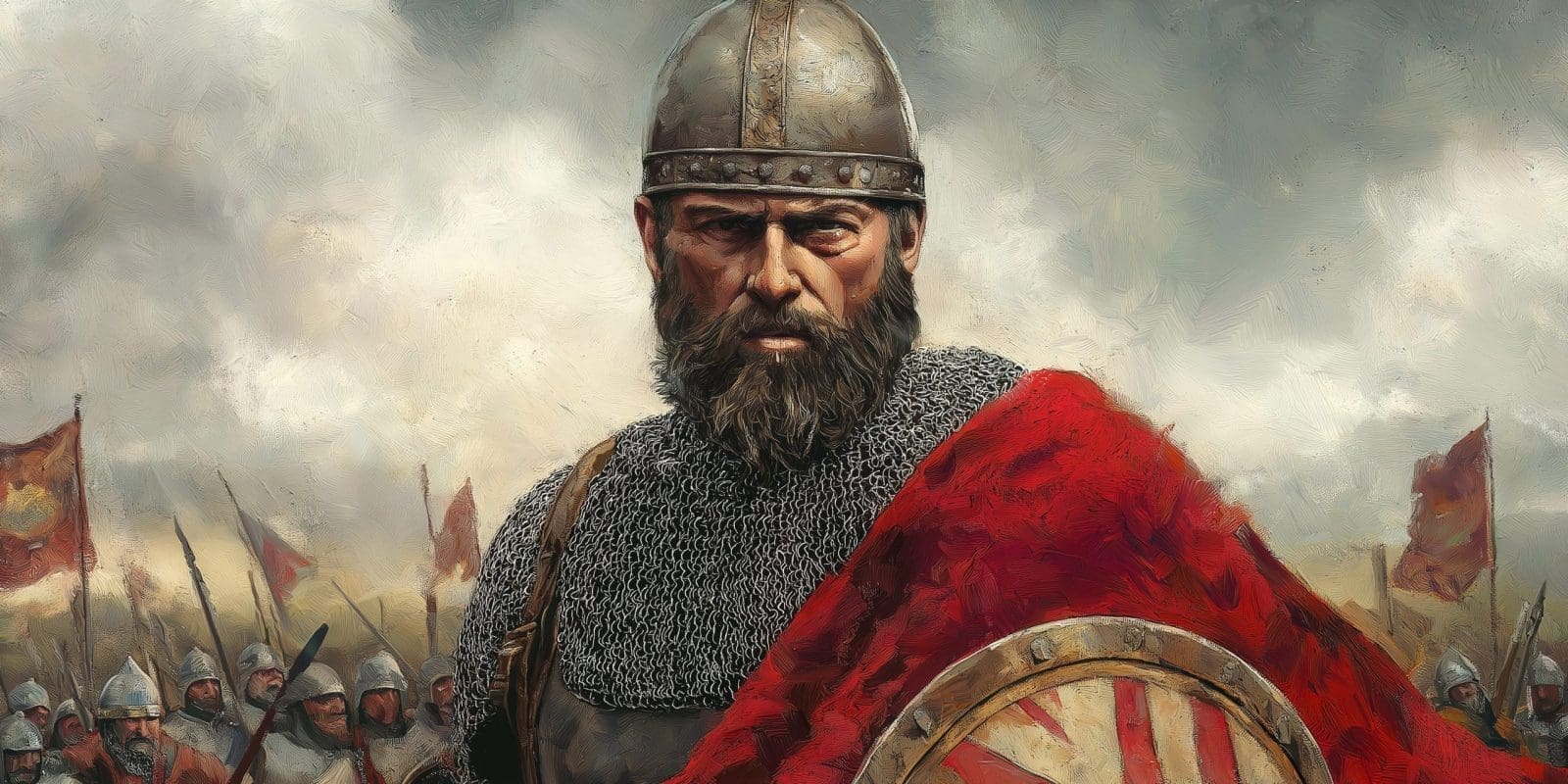
The First Norman King of England William the Conqueror, also known as William I, stands as…
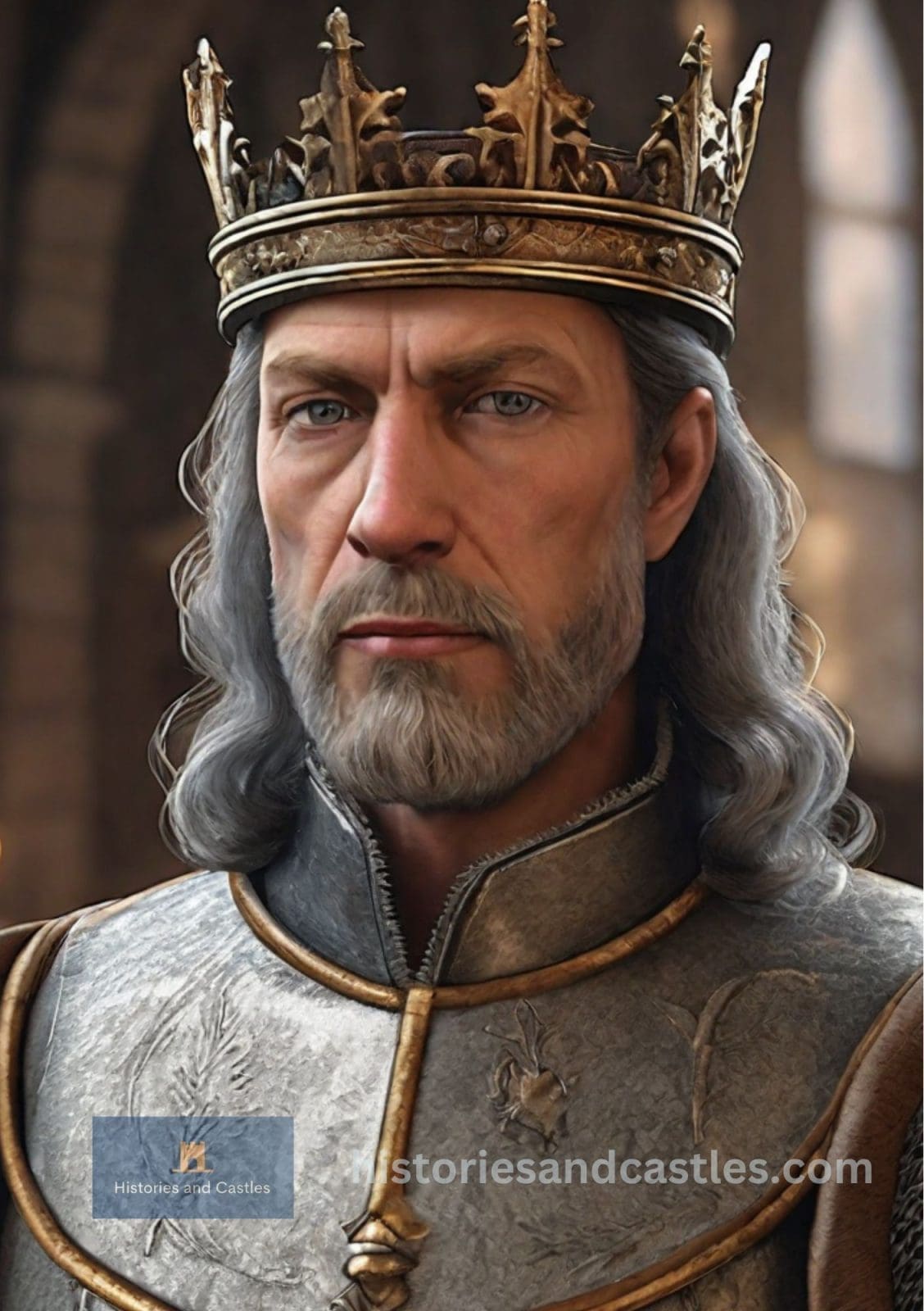
The turmoil of Stephen’s contested reign demonstrated the strife that battles over succession in the Middle…

Understanding King Edward III is essential for a comprehensive grasp of medieval England and its impact…
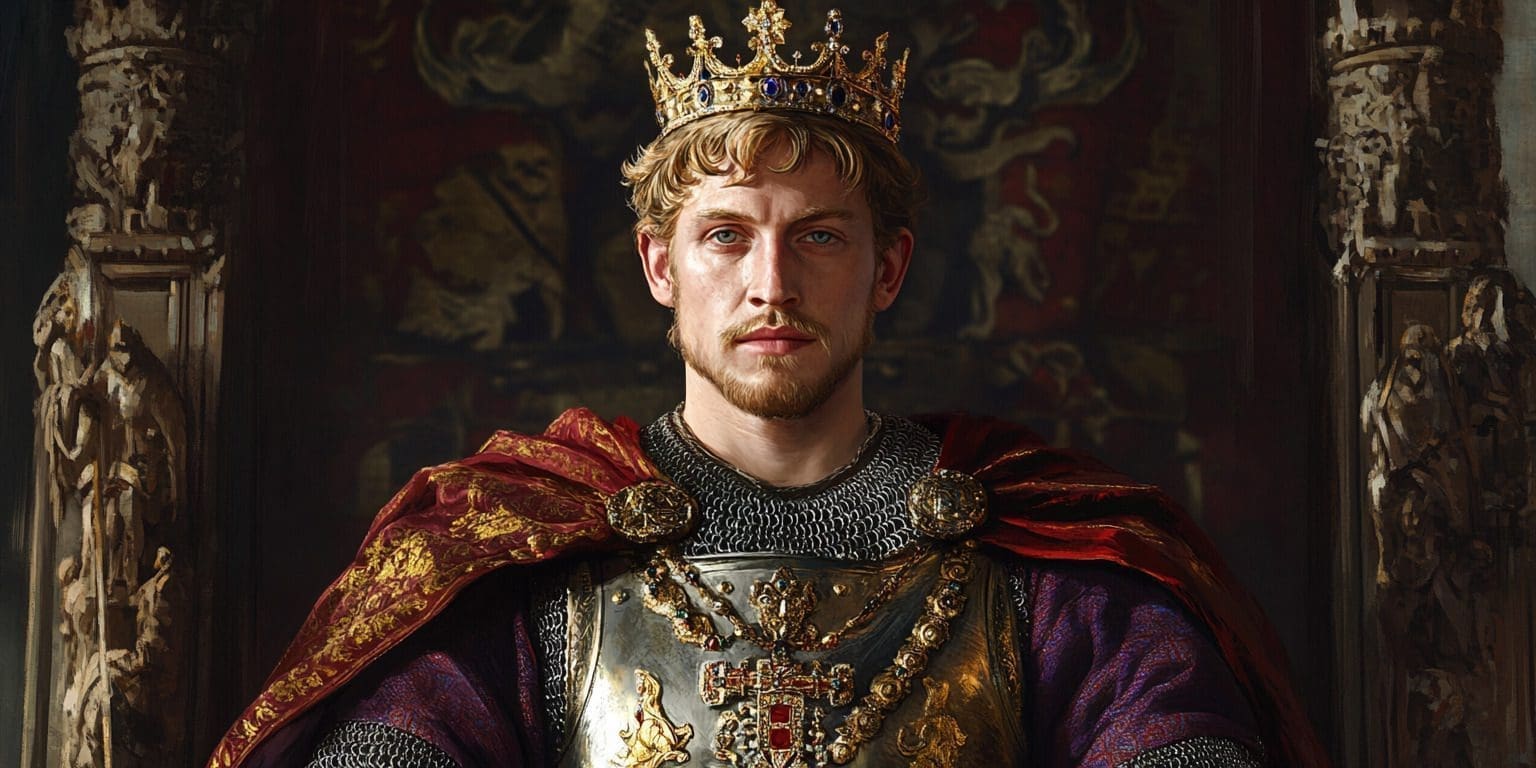
King Edward II, one of England’s most controversial medieval monarchs.
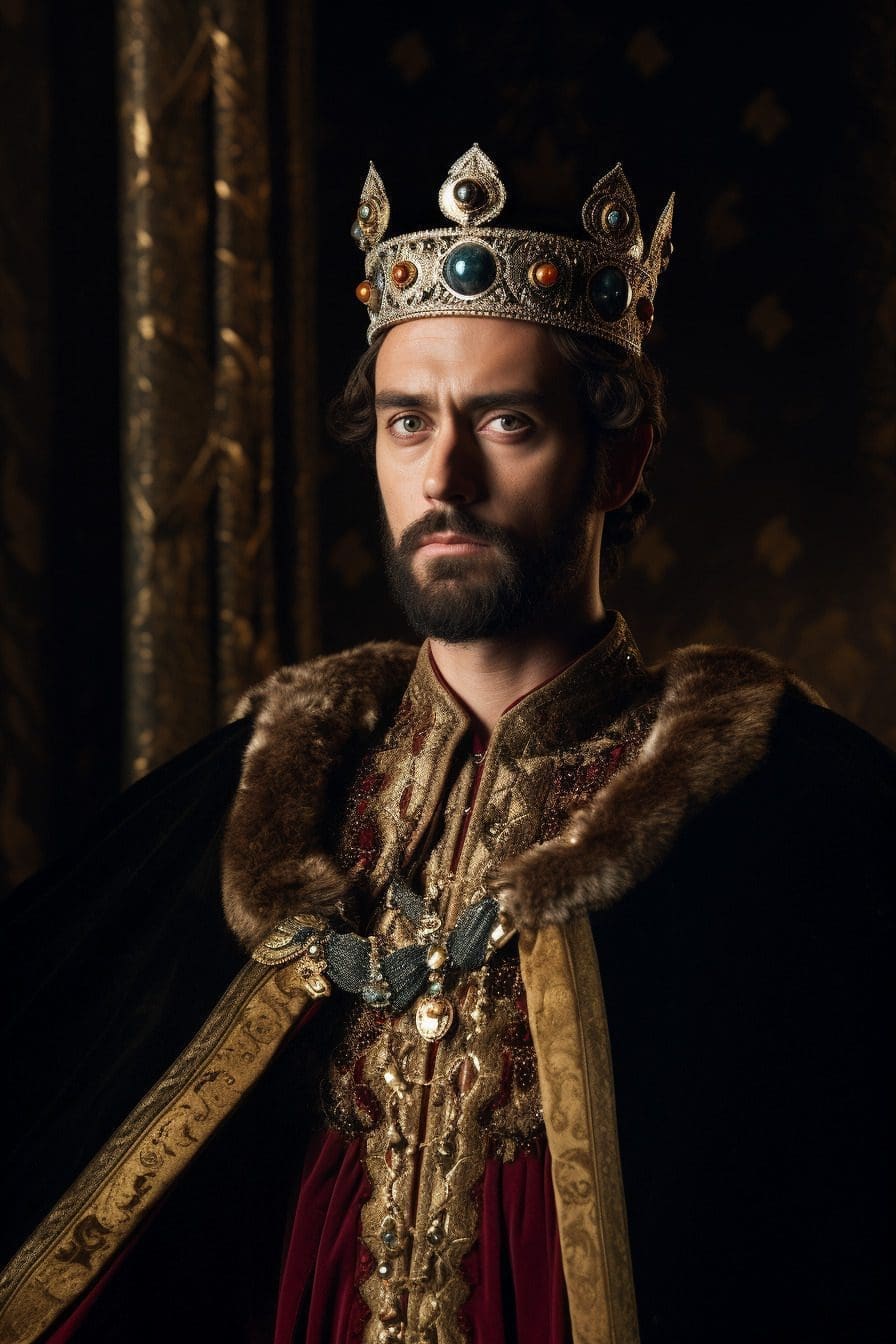
The life and times of King Henry II, a king whose legacy is deeply woven into…
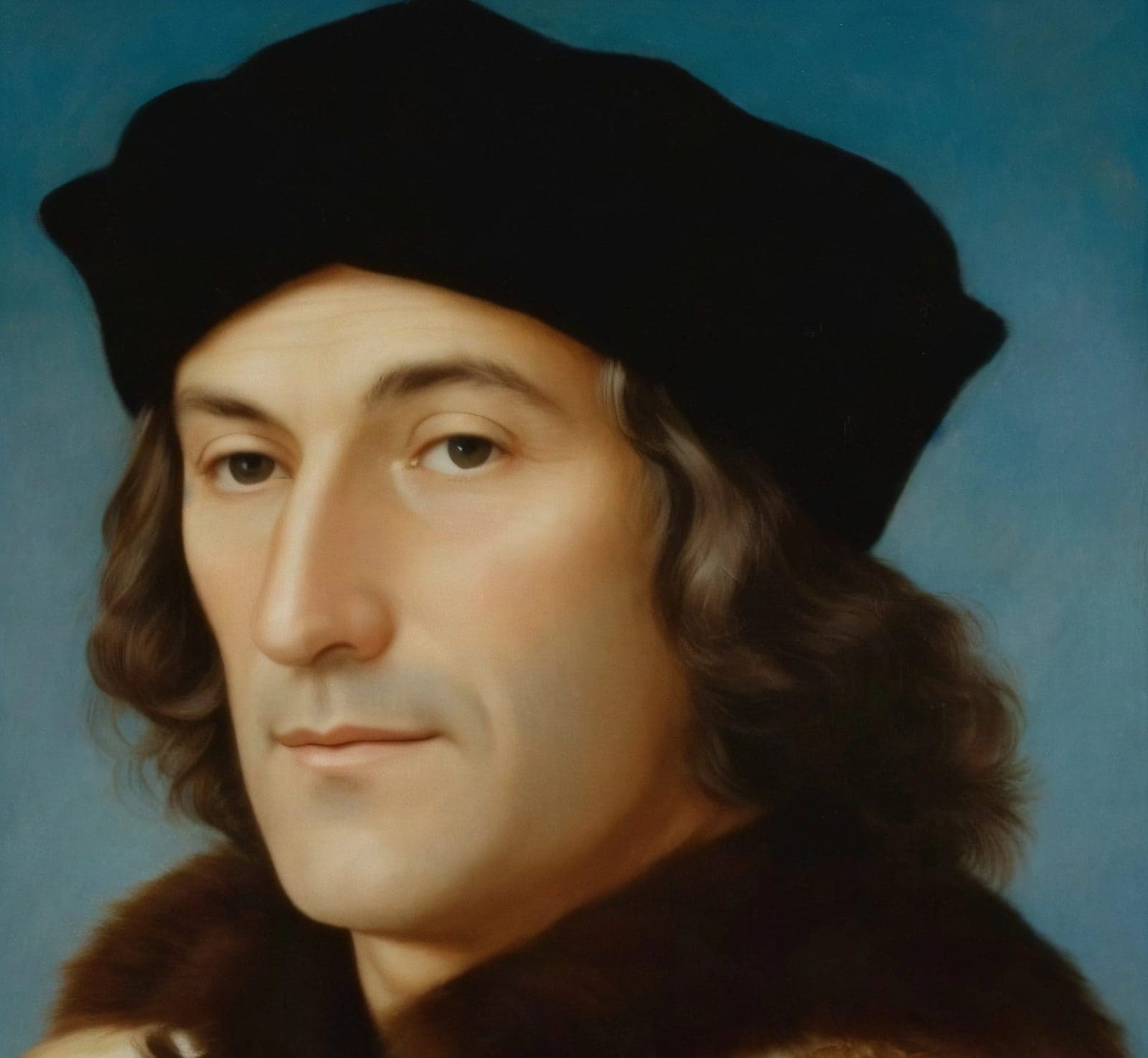
When Henry Tudor defeated Richard III at the Battle of Bosworth Field in 1485, he became…

King Henry III of England ruled from 1216 to 1272, a period when the independent Welsh…
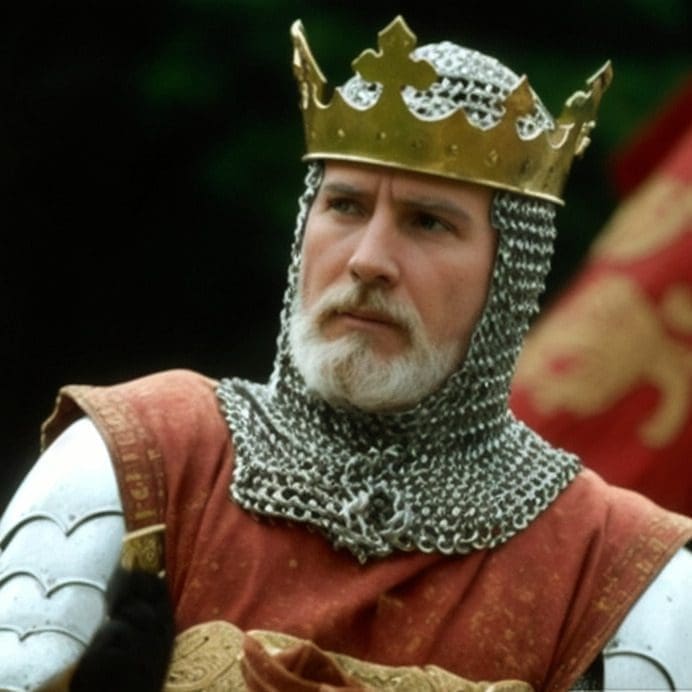
King Edward I of England, known for his fierce determination to bring Wales under English rule.
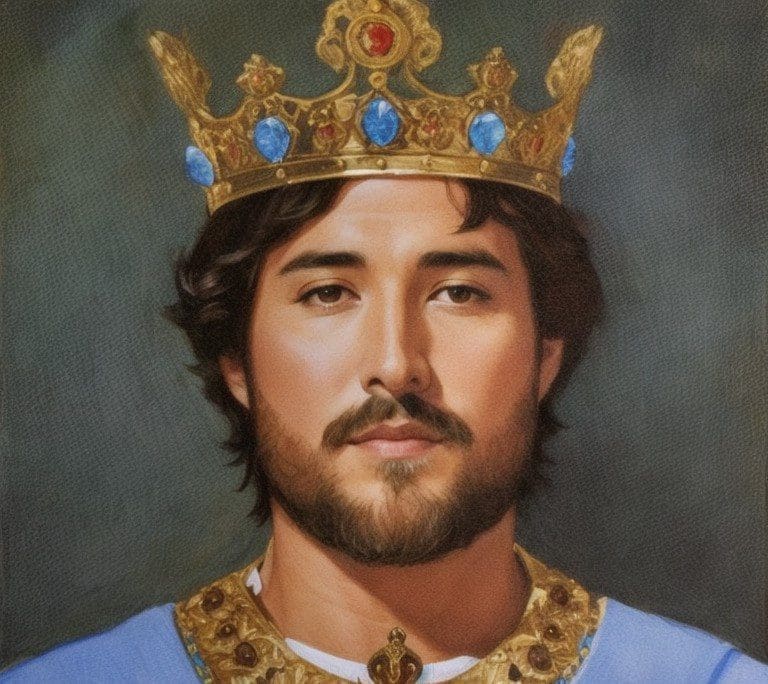
King Richard I sought to expand English control over Wales throughout his reign from 1189 to…